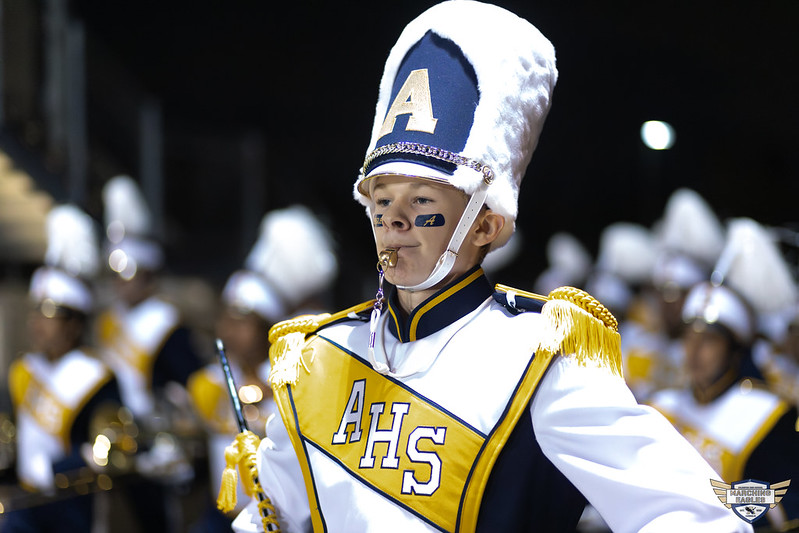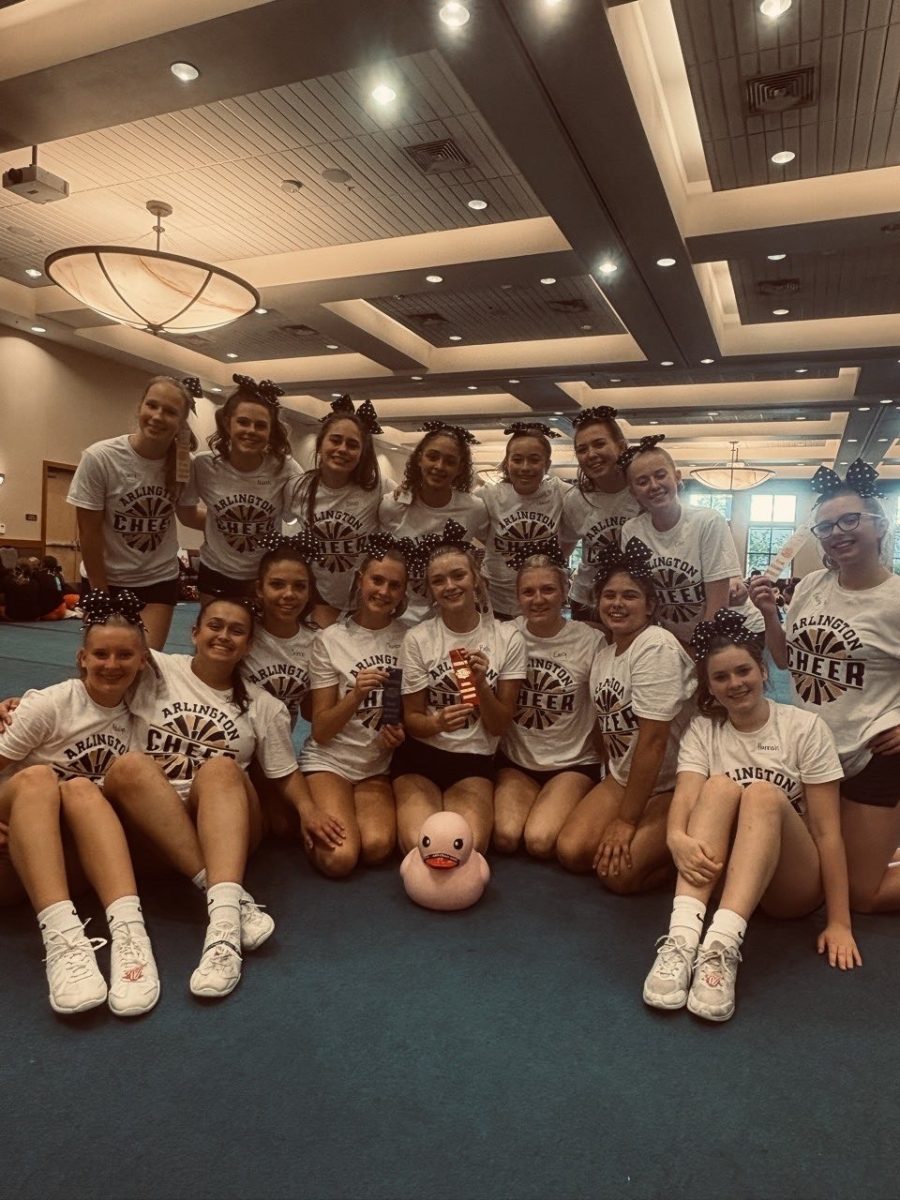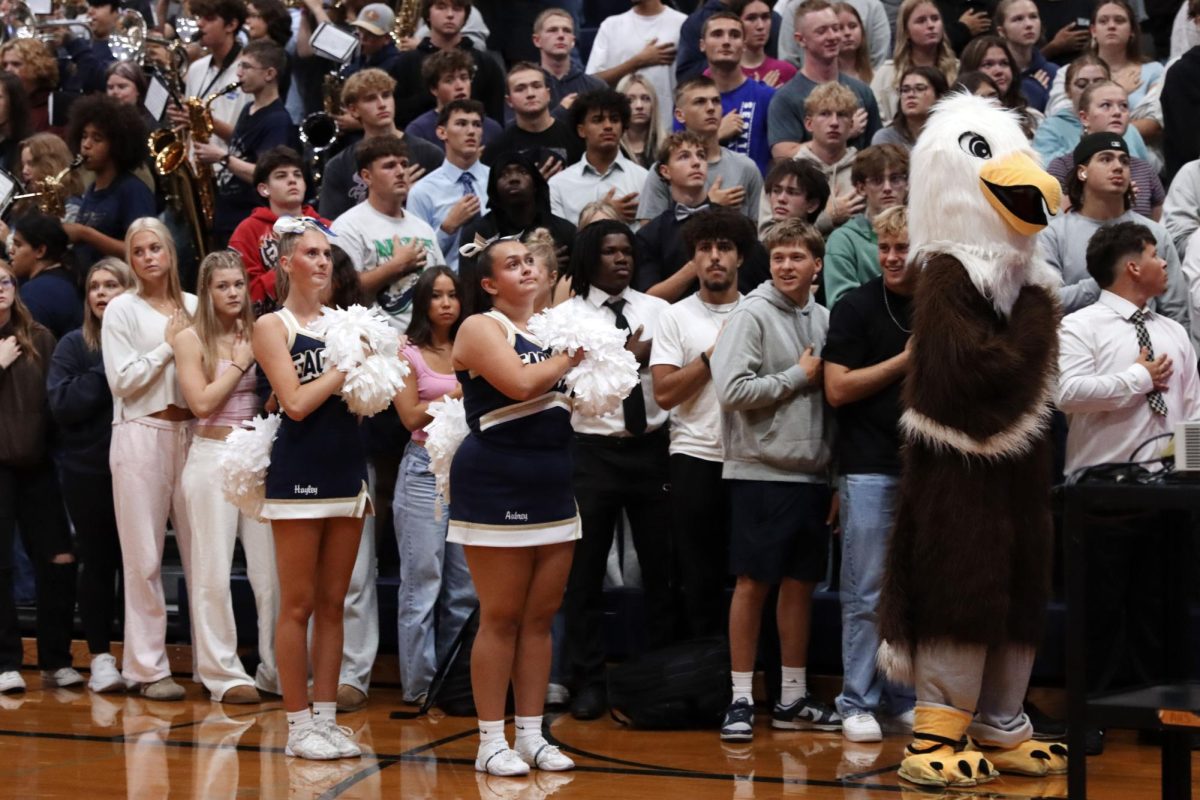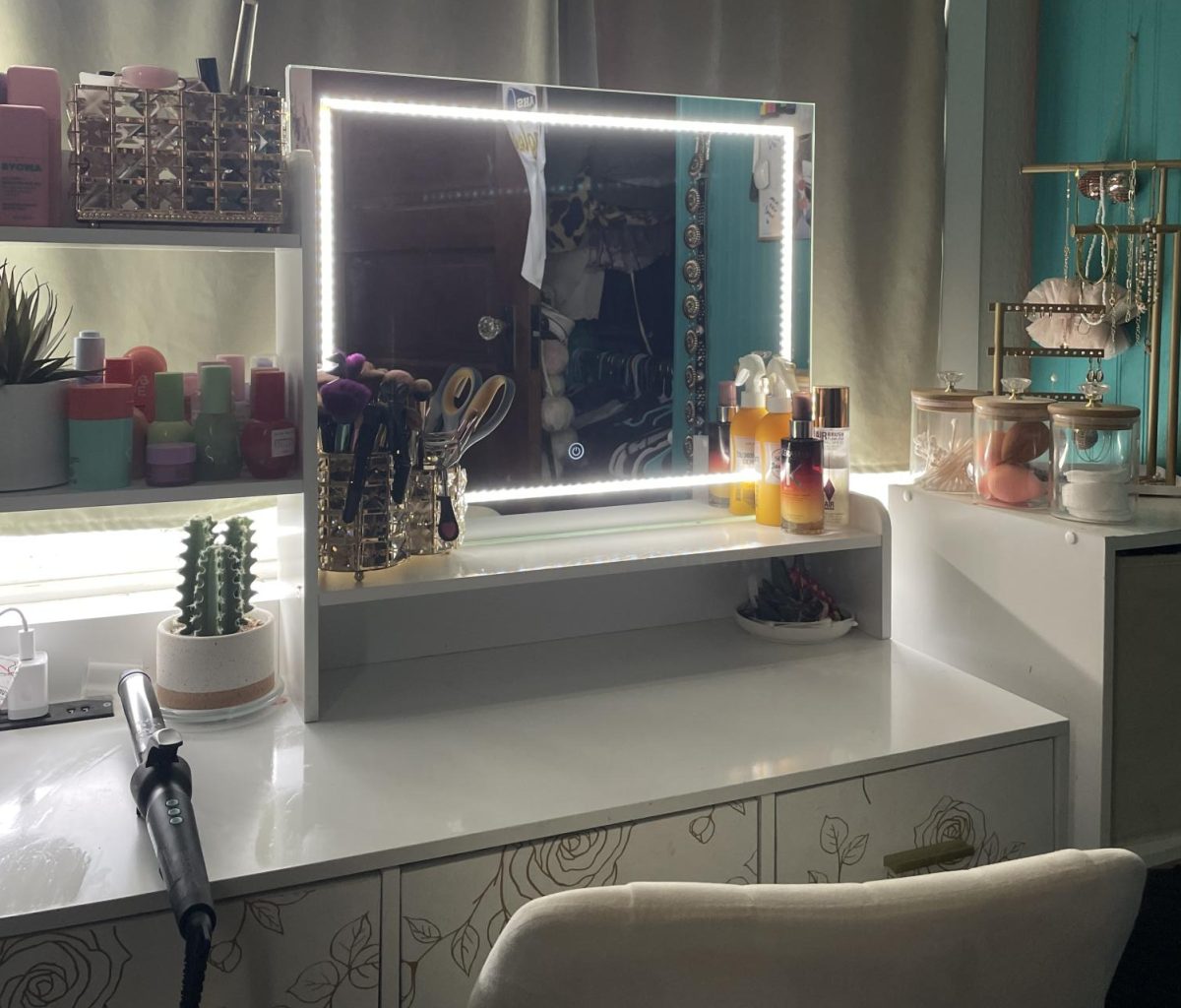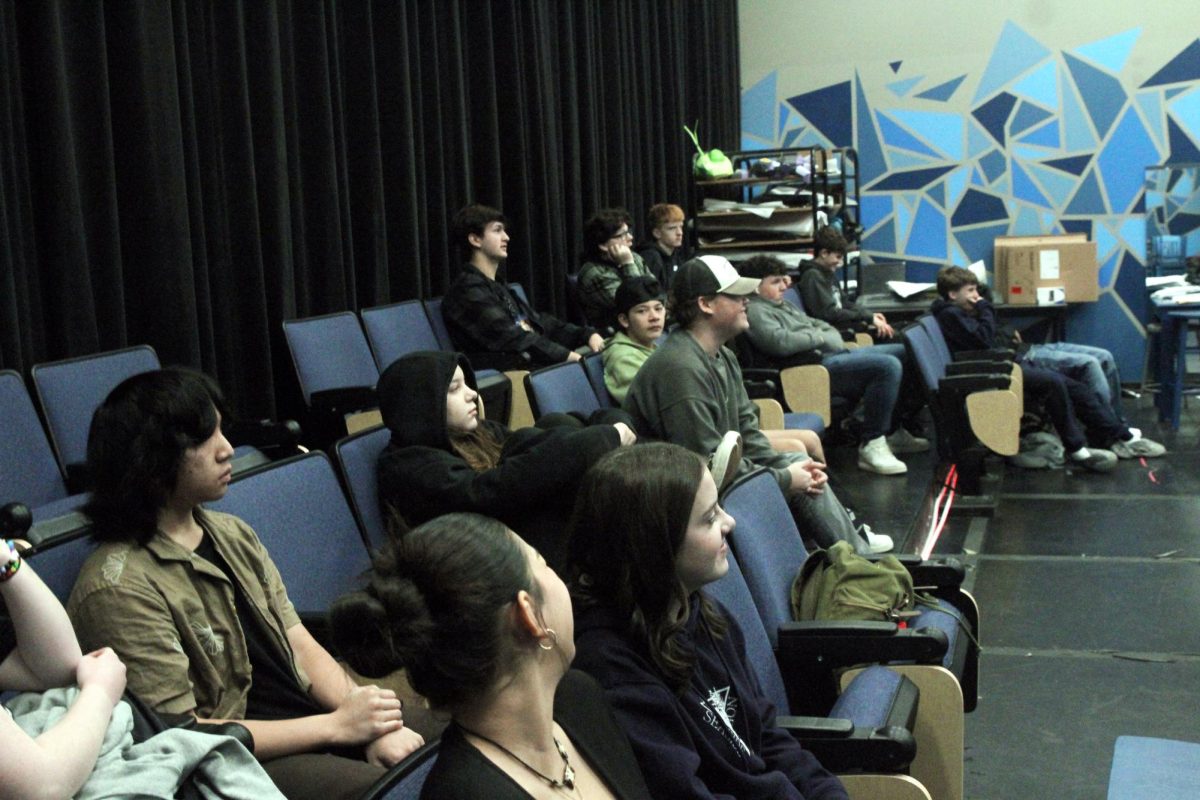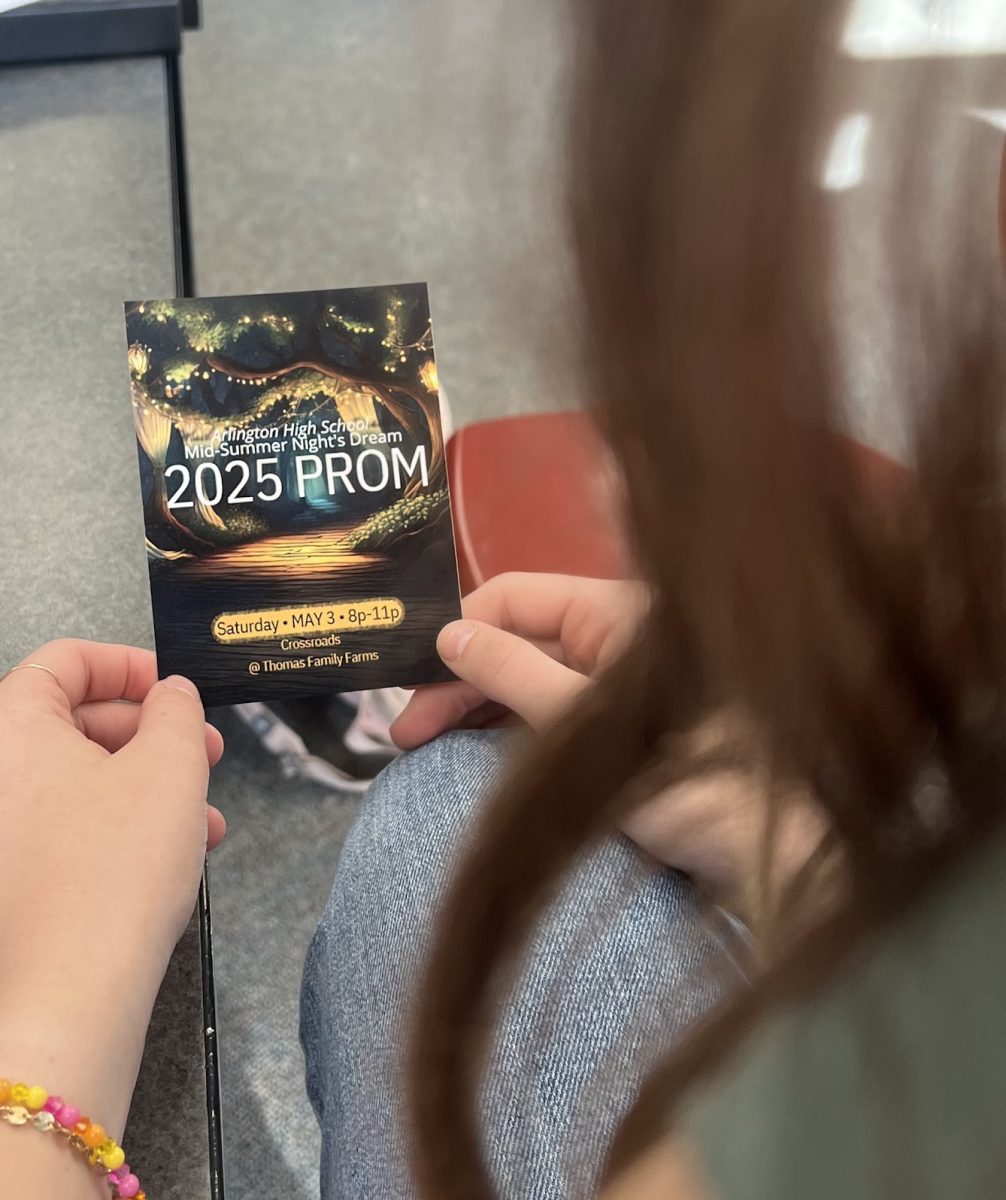Leaders of the Arlington High School Band recently attended the Battle of the Bands, an annual showcase featuring Historically Black College and University (HBCU) marching bands.
The event hosted on February 1st, brought together six colleges to perform, showcasing music, marching, and dance. The Arlington band director along with three students traveled to Los Angeles, California, where they attended the event.
“Battle of the Bands is a showcase of historically black college and university bands they’ve been doing for about 20 years, and they pick about six to 10 of the best historically black college bands in the nation,” John Aguilar, the band director at AHS, said. “It’s non competitive, it’s essentially just a show about the culture of HBCU bands.”
Students, like Zoe Woken, (’26) flute player and dance choreographer for her school’s marching band, got to learn from this opportunity.
“I learned a lot about incorporating dance into field shows because that’s why I went, since I’m a dance choreographer for the band,” she said. “And also just how college bands work in general.”
Students that attended plan to share their new gained knowledge with the rest of the band program back home.
“I think by bringing those three student leaders, they can now trickle down to the rest of the band, like the experiences that they learn that hopefully come next fall,” Aguilar said. “When we do our field shows it would inspire particularly the dance routines and how we choreograph that and also how we get the crowd to be a little bit more engaged in our show.”
Dalin Clement, (’27) a trombone player, was particularly impressed by Southern University’s band.
“That was the band we were around the most, and they just had such a mighty tone and sound. It was so cool,” Clement said. “One of their directors taught us life skills, section leading, and the different roles of drum major.”
Beyond the performances, the event highlighted the importance of HBCU band culture and its influence on students.
“It’s such a unique opportunity to see a style that we don’t necessarily see on the West Coast, a lot of historically black colleges reside in the southeast and in as far north as Virginia, and so it’s just something that our kids don’t really get to see on a daily basis,” Aguilar said. “And to me, that’s why it’s important.”



